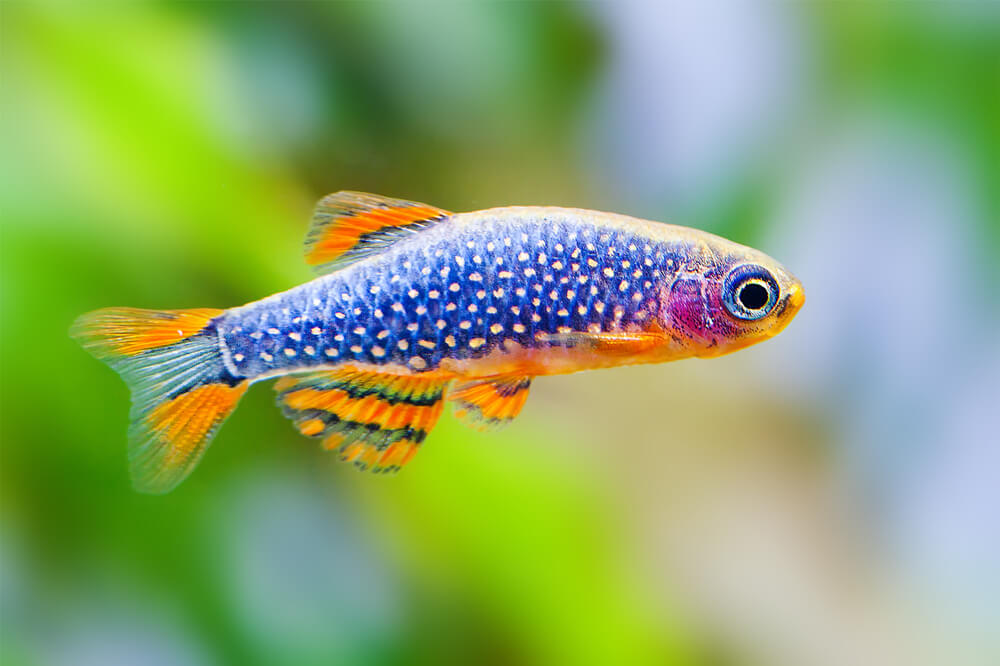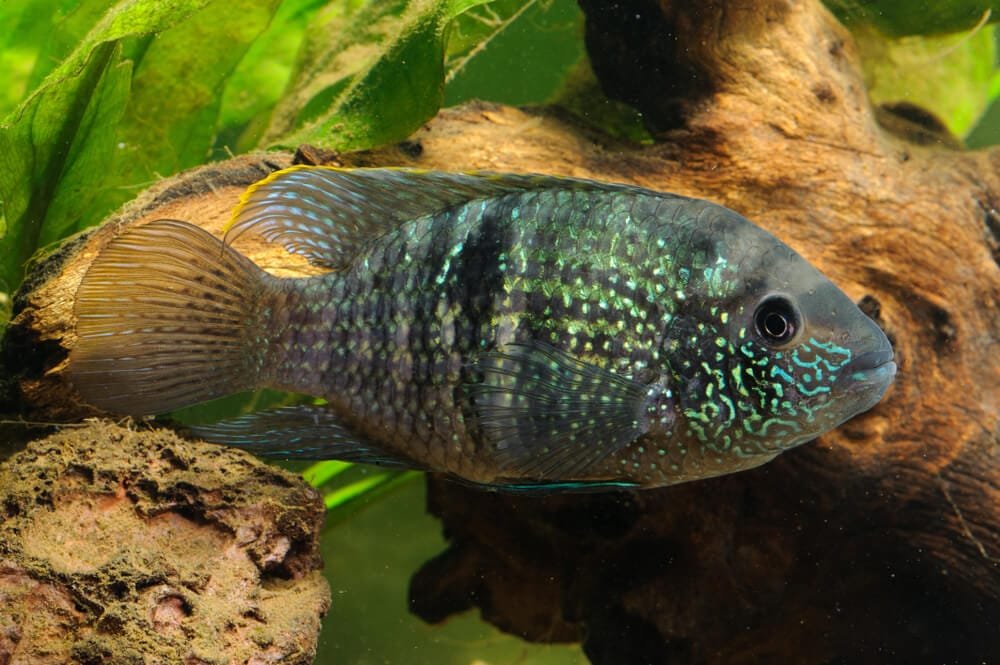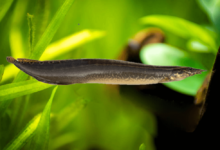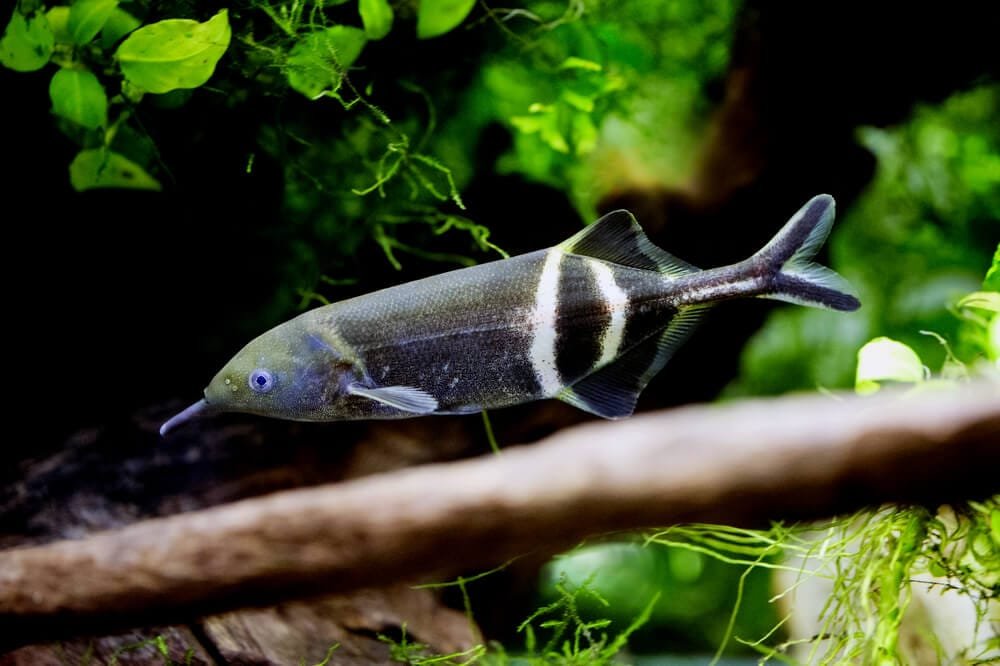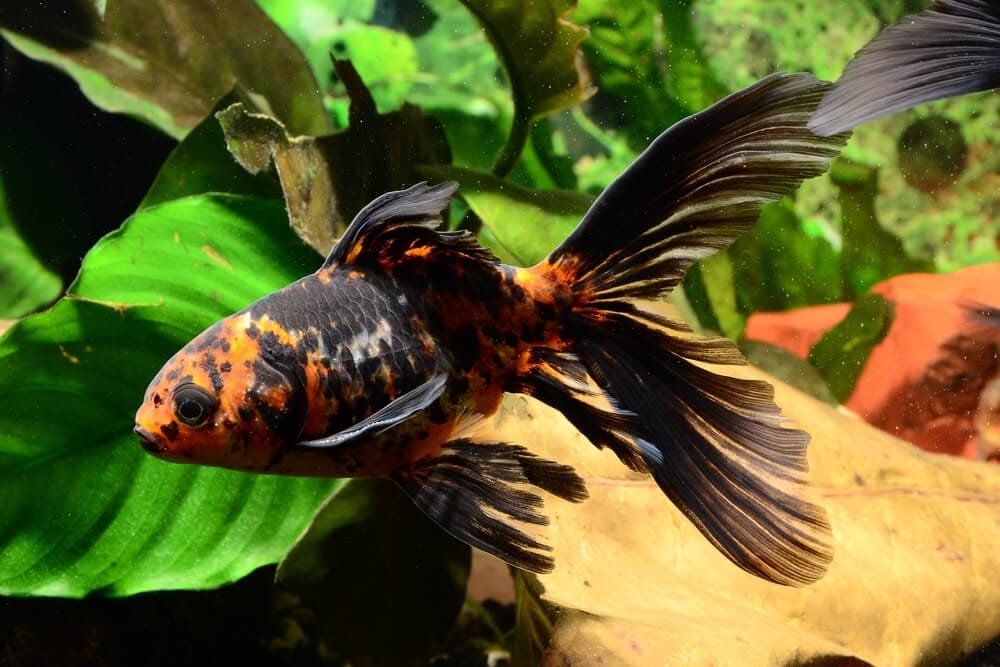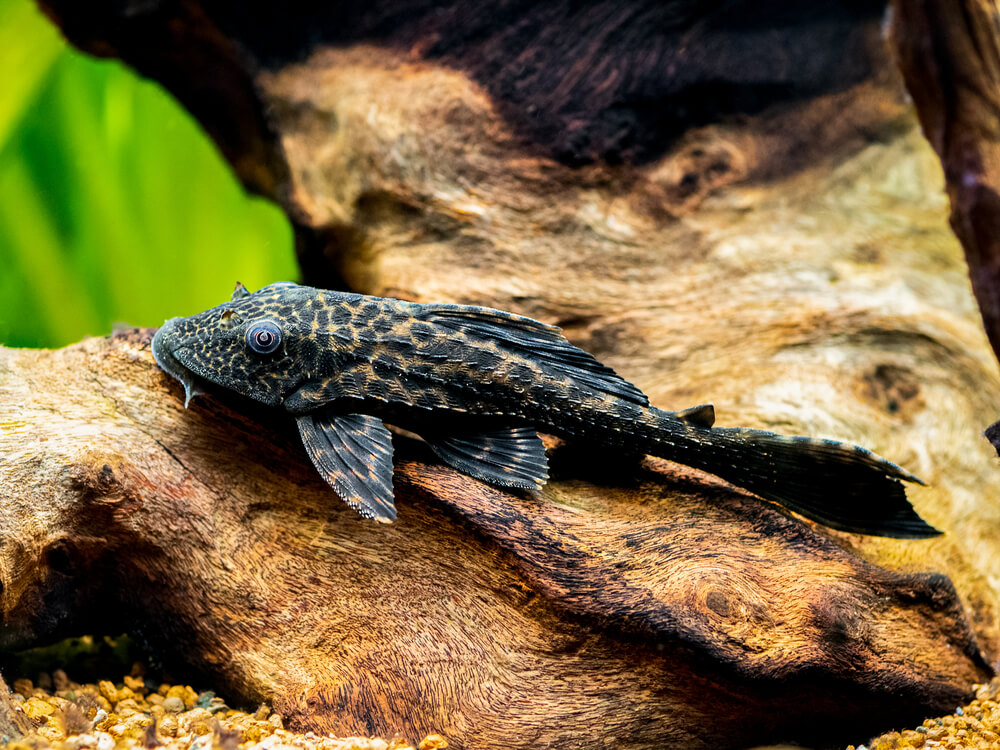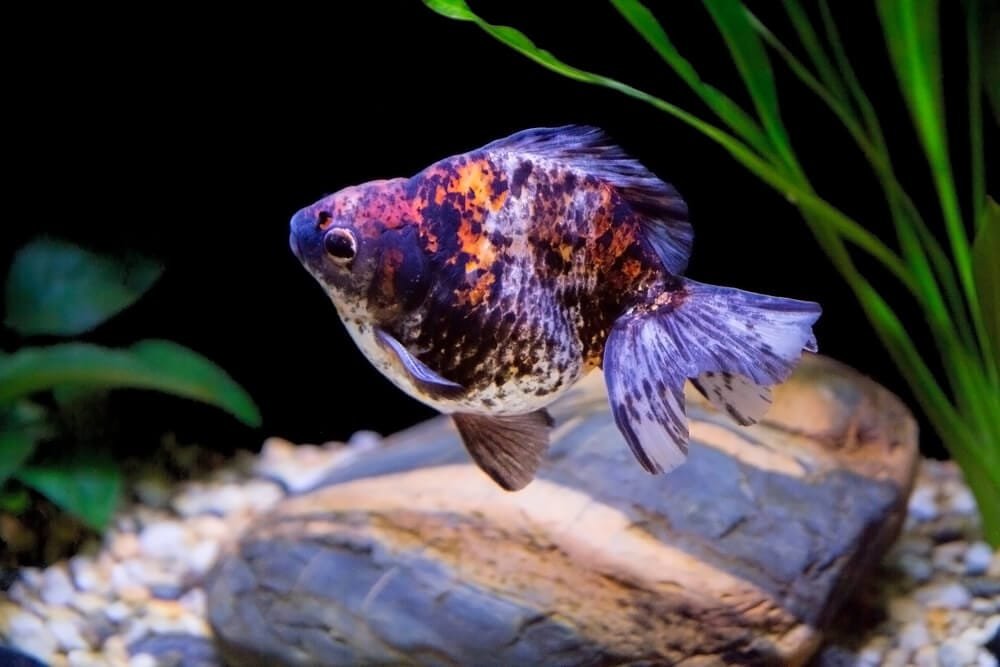Best Algae Eaters for Small Tanks
Looking to keep your small tank free from algae? Look no further! In this article, we will provide you with a comprehensive guide on the best algae eaters for small tanks. We will cover various types of algae eaters, including snails, shrimp, and fish, and discuss factors to consider when choosing the perfect algae eater for your tank. Additionally, we will provide care tips and highlight the pros and cons of each algae eater. With our additional tips for maintaining a healthy algae-eating ecosystem, you’ll have all the knowledge you need to keep your tank looking clean and vibrant. So, let’s dive in and discover the best options for keeping your small tank algae-free!
Types of Algae Eaters
When it comes to maintaining a healthy aquarium, having algae eaters can be incredibly beneficial. These fascinating creatures help control algae growth, keeping your tank clean and your fish happy. There are various types of algae eaters to choose from, including snails, shrimp, and fish. Each type has its own unique characteristics and benefits. Let’s explore some of the most popular options:
Snails
Snails are one of the most common types of algae eaters found in aquariums. They are peaceful creatures that graze on algae, keeping your tank walls and decorations clean. There are many different species of snails, but the most popular ones for algae control are Nerite Snails and Mystery Snails.
Nerite Snails
Nerite Snails are known for their voracious appetite for algae. They are excellent at cleaning up the glass surfaces of the tank and are also great at consuming biofilm. These snails are small in size and come in various colors and patterns, making them a beautiful addition to any tank. They are also easy to care for and can thrive in a wide range of water conditions.
Mystery Snails
Mystery Snails, also known as Apple Snails, are another popular choice for algae control in aquariums. They have a larger size compared to Nerite Snails and can be found in different shades of color. These snails are known for their peaceful nature and are a great option for beginners. They primarily feed on algae but can also consume leftover fish food, making them versatile cleaners for your tank.
Shrimp
Shrimp are another fantastic choice for algae eaters in small tanks. They are small, colorful, and can add a unique touch to your aquarium. The two most common types of shrimp known for their algae-eating abilities are Amano Shrimp and Cherry Shrimp.
Amano Shrimp
Amano Shrimp are highly regarded for their excellent algae-cleaning skills. They are incredibly efficient at consuming different types of algae, including hair algae and green spot algae. These shrimp are peaceful, easy to care for, and can inhabit small tanks without any issues. They are also known for their fascinating behavior and can be a joy to watch as they scurry around the tank, cleaning up algae in their path.
Cherry Shrimp
Cherry Shrimp are small and vibrant, adding a pop of color to your tank. While they primarily feed on algae, they will also consume decaying plant matter and leftover fish food. These shrimp are easy to care for and breed readily, making them a popular choice for beginners. With their ability to control algae and their stunning appearance, Cherry Shrimp are a great addition to any small tank.
Fish
Fish can also be excellent algae eaters for small tanks. There are a few species that are particularly effective in maintaining a clean and algae-free environment. These include Otocinclus Catfish, Siamese Algae Eater, and Bristlenose Plecostomus.
Otocinclus Catfish
Otocinclus Catfish, also known as Oto Cats or Dwarf Suckermouth Catfish, are small and peaceful algae eaters that are perfect for small tanks. They have a sucker-like mouth that they use to scrape algae off the surfaces of your tank. These catfish are social creatures, so it’s best to keep them in groups of three or more. They are also great for controlling soft-bodied algae like green spot algae and diatoms.
Siamese Algae Eater
Siamese Algae Eaters are active and efficient algae eaters that can quickly clean up your tank. They have a distinctive appearance with a slender body and a black horizontal stripe across their sides. These fish are known for their ability to consume tough filamentous algae, making them great for tackling stubborn algae problems. Siamese Algae Eaters are also compatible with a wide variety of tankmates, making them a popular choice among aquarium enthusiasts.
Bristlenose Plecostomus
Bristlenose Plecostomus, often referred to as Bristlenose Catfish, are a type of pleco known for their bristle-like appendages on their noses. They are excellent algae eaters and can consume large quantities of algae in a short period. These catfish are relatively small compared to other plecos, making them suitable for smaller tanks. They are also known for their peaceful temperament and unique appearance, which adds an interesting element to your aquarium.
Factors to Consider when Choosing an Algae Eater
When selecting an algae eater for your small tank, there are several factors to consider to ensure the best fit for your aquarium’s needs. These factors include tank size and compatibility, algae types, feeding habits, maintenance requirements, and size and lifespan of the algae eaters.
Tank Size and Compatibility
The size of your tank plays a significant role in determining the type and number of algae eaters you can keep. Different algae eaters have varying space requirements, so it’s essential to consider the available space in your tank.
Compatibility with other tank inhabitants is another crucial factor. Some algae eaters may be more territorial or aggressive, while others may thrive in a community setting. It’s important to research the behavior and compatibility of each species before adding them to your tank to ensure they can live harmoniously with other fish and invertebrates.
Algae Types
Not all algae eaters consume the same types of algae. It’s important to identify the types of algae present in your tank and choose algae eaters that have a preference for those specific types. This ensures that the algae eaters you select will effectively control the algae in your tank.
Feeding Habits
Algae eaters have different feeding habits, including herbivorous, omnivorous, or carnivorous preferences. Some algae eaters primarily feed on algae, while others may consume a combination of algae, plants, and other food sources. Understanding the feeding habits of algae eaters is crucial to ensure they meet the nutrient requirements necessary for their overall health and proper algae control.
Maintenance Requirements
Maintaining a healthy algae-eating ecosystem requires proper tank cleanliness and water parameters. Some algae eaters may have specific water temperature and quality requirements, so it’s important to ensure that these conditions are met for their optimal health.
Certain algae eaters may also have additional care needs. For example, some species may require driftwood or hiding spots in the tank, while others may need specialized diets. It’s essential to research and understand the maintenance requirements of each algae eater to ensure you can provide them with the proper care.
Size and Lifespan
The size and lifespan of algae eaters are important considerations when choosing the most suitable options for your small tank. Some algae eaters, like snails and shrimp, remain relatively small throughout their lives, making them ideal for smaller tanks. On the other hand, certain types of fish, such as plecos, can grow quite large, requiring larger tanks to accommodate their size.
Understanding the growth potential and adult size of algae eaters is necessary to prevent overcrowding and ensure the long-term well-being of your aquarium inhabitants.
Best Algae Eaters for Small Tanks
When it comes to small tanks, certain algae eaters are particularly well-suited for maintaining a clean and healthy environment. These algae eaters have specific characteristics that make them ideal for smaller setups. Let’s take a closer look at some of the best algae eaters for small tanks:
Nerite Snails
Nerite Snails are incredibly effective at keeping algae in check in small tanks. They have a small size, making them suitable for smaller tanks, and they are excellent algae cleaners. Nerite Snails are peaceful and easy to care for, making them a great choice for beginners. They come in various colors and patterns, adding visual interest to your tank.
Amano Shrimp
Amano Shrimp are known for their exceptional algae-cleaning abilities. They are small in size, making them ideal for small tanks, and they can consume various types of algae, including hard-to-remove filamentous algae. Amano Shrimp are peaceful and can coexist with other tank inhabitants without issues. Their active and intriguing behavior makes them a joy to watch as they diligently clean your tank.
Otocinclus Catfish
Otocinclus Catfish are gentle algae eaters that are well-suited for small tanks. They have a small size and a peaceful demeanor, making them great companions for other fish species. Otocinclus Catfish are excellent at consuming soft-bodied algae, such as green spot algae and diatoms, and they are efficient cleaners. Keeping them in a group of three or more will help ensure their well-being and overall happiness.
Siamese Algae Eater
Siamese Algae Eaters are active and voracious algae consumers that are perfect for small tanks. They have a slender body with a distinctive black horizontal stripe, adding visual interest to your aquarium. Siamese Algae Eaters excel at removing tough filamentous algae, making them a valuable asset in controlling stubborn algae problems. They are compatible with a wide variety of tankmates, making them a versatile option for small tanks.
Additional Tips for Maintaining a Healthy Algae-Eating Ecosystem
In addition to choosing the right algae eaters for your small tank, there are several other tips to ensure a healthy and thriving algae-eating ecosystem. Consider implementing the following practices:
Tank maintenance schedule
Establish a regular tank maintenance schedule to keep your aquarium clean and well-maintained. This includes regular water changes, filter cleaning, and gravel vacuuming. Regular maintenance helps prevent the buildup of excess nutrients that can contribute to algae growth.
Proper feeding of algae eaters
Ensure that your algae eaters are receiving proper nutrition. Feed them a balanced diet that includes a combination of algae, specialized food for their species, and occasional treats like blanched vegetables or high-quality fish flakes. Avoid overfeeding, as excess food can lead to water quality issues and increased algae growth.
Algae control strategies
Implement algae control strategies in addition to the help provided by your algae eaters. These can include adjusting lighting levels, reducing nutrient levels through proper feeding and water changes, and the use of algae-controlling chemicals or UV sterilizers when necessary. Be cautious with chemicals and follow the manufacturer’s instructions for safe usage.
Monitoring and troubleshooting
Regularly monitor your tank for any signs of algae overgrowth or health issues in your algae eaters. If you notice excessive algae growth or any signs of illness, take immediate action. Test your water parameters regularly to ensure proper water quality and address any imbalances promptly. By staying vigilant and proactive, you can prevent algae issues and ensure a healthy environment for your algae eaters.
Conclusion
Algae eaters play a crucial role in maintaining a healthy and balanced ecosystem in small tanks. They provide valuable algae control, keeping your tank clean and your fish happy. When choosing the best algae eaters for your small tank, consider factors such as tank size, compatibility, algae types, feeding habits, maintenance requirements, and size and lifespan. Nerite Snails, Amano Shrimp, Otocinclus Catfish, and Siamese Algae Eater are some of the top choices for small tanks. Remember to establish a regular tank maintenance schedule, provide proper nutrition for your algae eaters, implement algae control strategies, and monitor your tank’s overall health. With responsible pet ownership and careful consideration of your algae eaters’ needs, you can create a thriving and beautiful aquarium that benefits both your fish and yourself.
